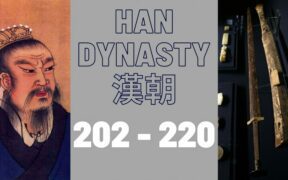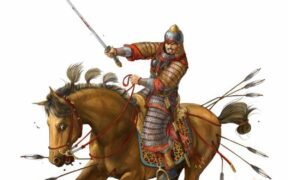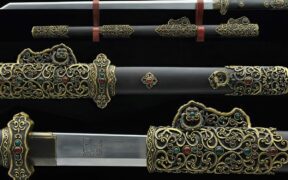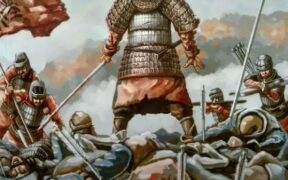Our content features commercial links to our products, committed to transparent, unbiased, and informed editorial recommendations. Learn More
Tang Dynasty: The Rise, The Height, The Demise
NO AI USED This Article has been written and edited by our team with no help of the AI
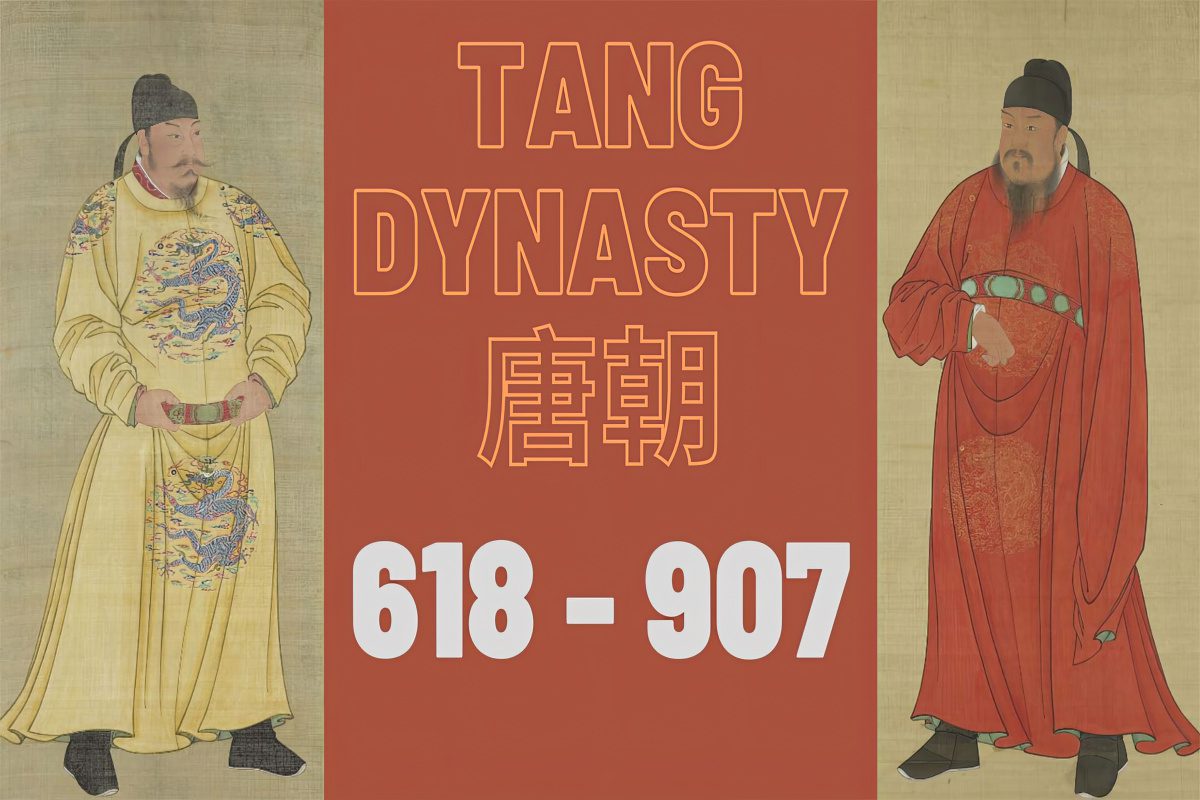
After the collapse of the Han Dynasty in 220 AD, the powerful and expansive Tang Empire (618-907) ended four decades of rule by short-lived and contending rulers who had brought chaos to ancient China. Because of its expansive trading network, prosperous economy, well-established legal system, cultural pinnacles, and tolerance of all people, The Tang Dynasty is sometimes cited as the beginning of China’s Medieval Golden Age.
Buddhism, brought to China by missionaries from India and by Chinese pilgrims returning with sacred Sanskrit books, was actively supported throughout the Tang Dynasty’s control.
The Dynasty was an important time in Chinese history, as discussed in this article. We will begin with its origins and background, its progress through its cultural zeniths, and brutal territorial conquests. We will then arrive at its demise and final collapse, as well as how it left an indelible impact on the spirit of the Chinese people that is still seen today.
Chronology of Important Events
| Year | Important Events |
|---|---|
| 618 AD | Tang Dynasty Founded |
| 626 – 649 AD | Li Shimin Reign |
| (665) 690 – 705 AD | Wu Zhao Reign |
| 751 AD | Battle of Talas River |
| 755 – 763 AD | An Lushan Rebellion |
| 840 AD | Suppression of Buddhism |
| 879 – 881 AD | Huang Chao Rebellion |
| 907 AD | End of Tang Empire |
The Beginning of the Tang Dynasty
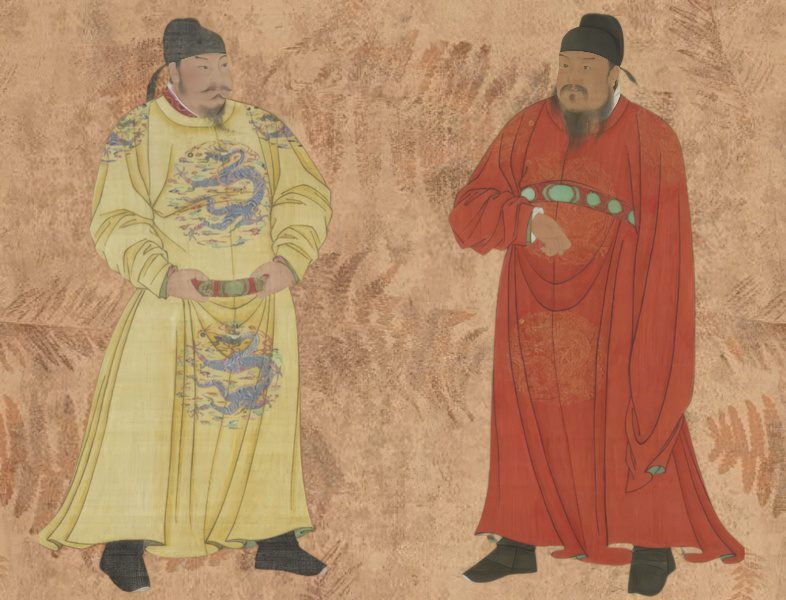
Numerous short-lived kingdoms arose and fell across north China and Central Asia between the Han (202 BC – 9 AD, 25–220 AD) and Sui (581 to 618) Dynasty periods, each based on a unique set of political ideals and institutional practices.
Some people wanted the Chinese model of government, complete with an emperor, an official Chinese language, and a state philosophy based on Confucianism. Others were more indicative of Tibetan, Turkic, or other cultural characteristics and looked to Buddhism as a source of authority to justify their reign
The Emperor of China should maintain harmony between these two factions and have a strong and stable empire by maintaining trade communications (livestock, wood, iron, food supplies, manpower, cultural acceptance). Northern China’s connections to the steppes and deserts of Central Asia remained an important political and economic hub and a breeding ground for many ideas and people. However, this needed to be connected to the Yangzi Valley and Yellow River, which is why The Grand Canal was built, and improvements were made to the northern part of the Great Wall of China.
These actions were completed in the Sui Dynasty by the father-and-son dual rulers Wendi and Yangdi, who unified China after centuries of strife and remained in power from 581 until Yangdi was defeated by internal overextension and political dilemma burdens. The final nail in the coffin was the defeat by the Turks from Central Asia in 615. Three years later, Yangdi was killed, and the Tang stepped in to fill the power void.
Tang Dynasty Rule
Li Yuan, the founding Emporer of the Tang Dynasty, capitalized on the instability in the Sui dynasty in 618 to establish a successor empire with similar goals and scope. Li Yuan was aided by the accomplished Emperor Li Shimin, who took his position by force and chiefly expanded his sovereignty into Central Asia to the west.
While he and subsequent Tang emperors continued to use many of the same Sui administrative techniques, they also decentralized power by giving local nobility, gentry, bureaucrats, and religious institutions considerable say in matters of state. The Tang Dynasty’s early nobility also had roots in Turkic north China.
The widespread acceptance of various religions and cultures, the reverence of the conquered peoples, and the freedom they were given in rule propelled the Tang Empire as the pinnacle of world power.
With the control of those two aforementioned factions, the Tang Empire would reach territorial expansions to Iran in the west, Vietnam in the south, and Mongolia to the north. It had very strong influence and meddled in the politics of Korea and Japan.
The Height of Tang Dynasty
Chang’an (modern Xi’an), named after the previous Han capital, was the center of China’s international trade routes and communication throughout the Tang Dynasty. Nearly two million people called Chang’an and its suburbs home at the time, making it the world’s largest urban area. The Japanese and Korean capitals both adopted its gridlike layout and its palace’s placement at the north pole star to mimic the celestial order.
Chang’an was not only a political hub, capital city, and center of the Chinese tributary system but also Asia’s most prestigious location for higher education. For the purpose of improving their administrations, monarchs often dispatched their brightest minds to study statecraft (the art of governing).
Many Buddhist and Daoist monasteries and temples coexisted with Confucionists and Christian churches of the Nestorian variety and even some Jewish communities in Chang’an. Korean and Japanese monks were able to take classes alongside Chinese Buddhists and Sanskrit-speaking Indian teachers.
Longtime inhabitants of the city included traders from Central Asia, the Islamic Arab world, Persia, and even the Eastern Roman Empire.

Goods of all kinds were being shipped worldwide via the Silk Road, fueling a thriving economy and a bustling commerce industry. The Tang Army was renowned for its superiority thanks to its abundance of mercenaries and technological advancements. These advancements included the early use of gunpowder and formidable Tang Swords.
Most notably, the Tang Dao Sword’s single edge and shape influenced the design of modern Asian swords, mostly Chinese Swords.
During the 7th and 8th centuries in Tang China, the population registered about 50 million people. This was a time of progress and stability, as well as the peak of Chinese culture and literacy with the invention of woodblock printing. The best and most popular poets from Chinese history were born during this period, including the romantic poet Li Bai, Du Fu, a realist poet who wrote of the hard realities of war, and Wang Wei, a painter and poet.
Even the Chinese Civil Service, which would last until the end of the Chinese Empire in 1912, was nearly unchanged and formed in the Chinese golden rulership during the Tang Era.
Disorganization and Repression
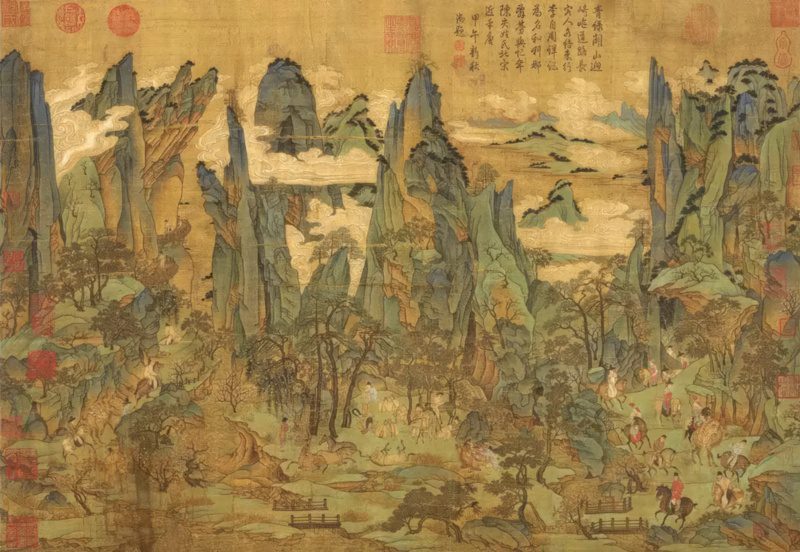
During the first half of the Tang Empire, Buddhist state cults had grown in Central Asia and North China by the hundreds. The first Tang Emperors followed these Central Asian models in their political usage of Buddhism, possibly to the point that the balance of the factions within was unstable.
Some Buddhist theorists believe that the role of the Monarch or Emperor wasn’t needed to establish a spiritually satisfied Buddhist society. This belief meant fewer taxes for the Tang nobility and more money for the Buddhist temples, which were a target of the aristocracy.
This was especially the case under the rule of Empress Wu Zetian, or Wu Zhao (624 – 705), who based her legitimacy on being a Bodhisattva. In Buddhism, a Bodhisattva is someone with enlightenment who voluntarily stayed on Earth to help others find their way to salvation. Wu Zetian came into power by forcing her will over other rulers, most notably her husband, Gaozong (649-683).
She also openly favored Buddhists and Daoists over Confucians in administration and government. This would continue during the reign of her successor, Emperor Xuanzong.
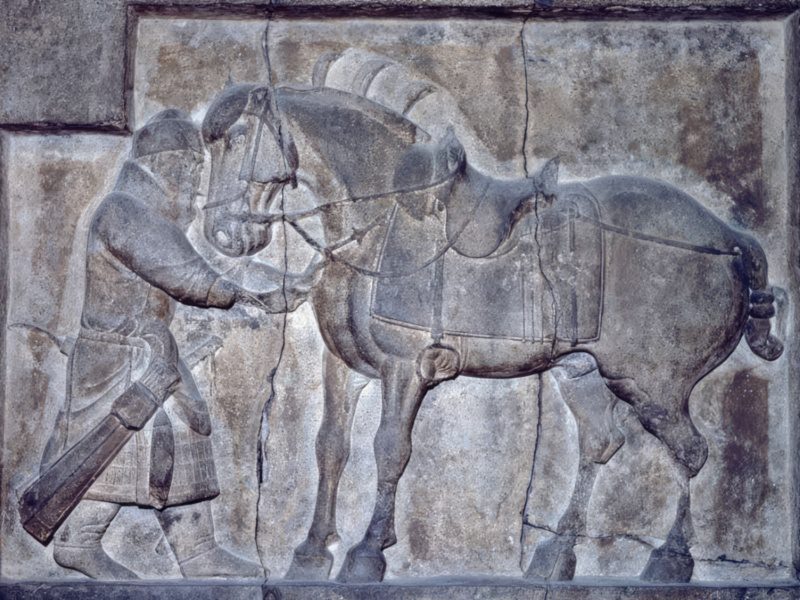
Buddhist monks and nuns cut all ties to the secular world in their pursuit of enlightenment, as the religion advocates a distancing from earthly attachments. Neither contributed financially or militarily, and they prevented their relatives from making beneficial marriage alliances and left their forefathers without heirs. This was seen as a danger by the Confucian elites who ruled the Tang economy and politics from their family estates and tributaries.
Hundreds of thousands of people had entered Buddhist institutions, leading to disorganization within the empire. People began to segregate and saw each other in an unfavorable light. Even Buddhists were called “barbarians” by some. On top of this internal struggle, there was conflict and turmoil between the powerful Tibetans and Turkic Uighurs.
Local rulers were starting to steer off the path of The Tang Dynasty, leading to many internal struggles such as famine and war.
The End
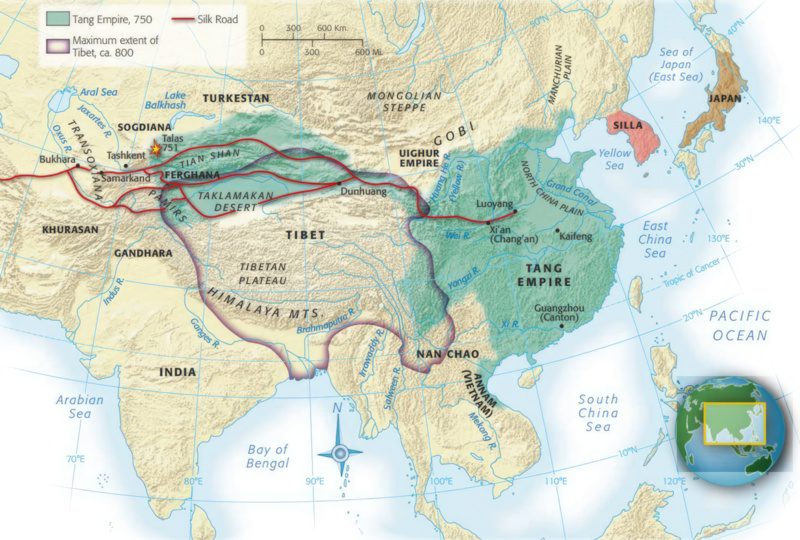
As a result of its expansionist campaigns in the 7th century, the Tang Dynasty was now dependent on regional military governors and a convoluted taxation system that was slowly decaying due to internal struggles. When the Arabs defeated the Chinese at the Battle of the Talas River in 751, they suffered a morale blow that reduced military spending and funding. This indignity eventually caused the Chinese to be pushed back from Central Asia.
The first major revolt of the empire happened in 755 when An Lushan, a Tang general on the northeast frontier, led about 200,000 soldiers in an open rebellion.
After eight years of brutal fighting accompanied by cannibalism and the death of nearly 5 million people, provincial military governors were given more authority in exchange for their assistance in quelling the insurgency. However, Chang’an never fully recovered, and its fall in the 9th century symbolized the Tang Dynasty’s loss of control over its satellite republics in Korea and Japan.
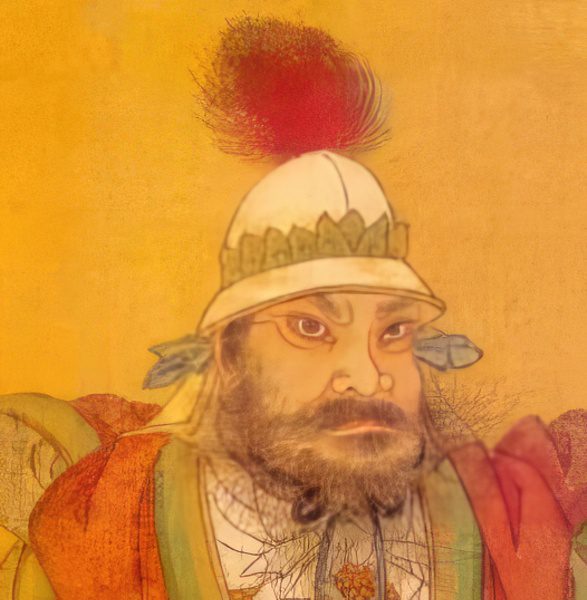
In 840, the sack of the Buddhist monasteries accumulated much wealth thanks to supporters. Within five years, around 4,600 temples had been completely sacked and destroyed, and close to 150,000 workers were returned to the tax rolls. This led to many people feeling unsatisfied and brought into a society where they fully devoted themselves to Buddha.
Between 879 and 881, the most deadly uprising was conducted by Huang Chao, a dissatisfied member of the aristocracy. Despite his cruel treatment of villagers, the impoverished farmers and tenants saw no other option in the growing anarchy and joined his insurrection. Rebels in Beijing and Guang Zhou killed thousands of foreigners because of their newfound hate of “barbarians.”
Local warlords succeeded in wiping out the rebels, but that did not calm the Tang society. Scenes of war refugees, displaced families, temporary laborers, and the homeless became common in daily life. Natural disasters, such as the catastrophic flooding of the Grand Canal and the devastation of drought and hunger that swept throughout Eurasia in the 9th century, only contributed to the fall of the empire.
By the end of the Golden Age, the last ruler of the Tang Era was Emperor Zhaoxuan of Tang, who was deposed in 907 AD by Zhu Wen. Zhu Wen was a follower of Huang Chao, who proclaimed himself the ruler of the Hou Liang Dynasty after overthrowing the Tang.
Impact of the Tang Dynasty
The Tang Empire served as a role model for new governments throughout northeast Asia, the Japanese Archipelago, and mainland Southeast Asia.
But the cultural sphere of the empire did not emerge simply from the rule of their administrators and successful expansion. Tang China was visited by people from as far away as India and Persia, who brought their own cultures, religions, arts, forms of entertainment, cuisine, technologies, and inventions. It was not uncommon for foreigners to hold high-ranking positions in the Tang administration, armed forces, and the royal court.
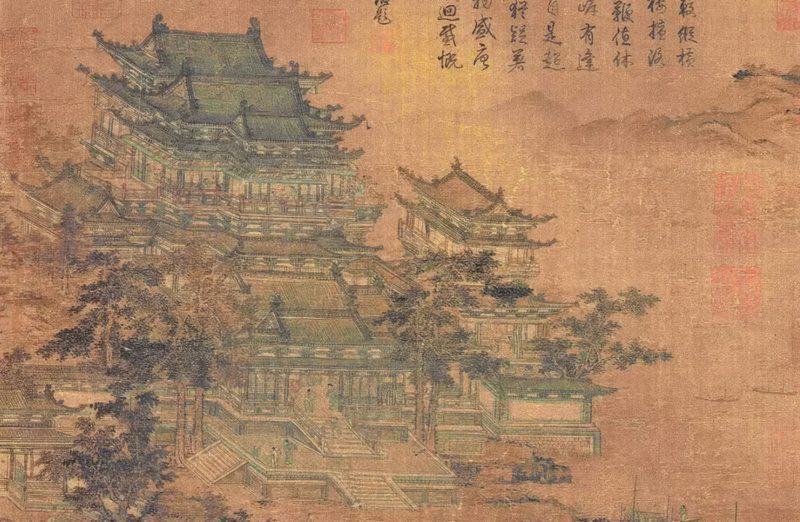
The Song Empire, which followed the Tang, was never as powerful or well-connected internationally as the Tang had been. However, its economy, administration, and technology were extremely sophisticated for the time.
The Song Dynasty’s sustained population rise paved the way for urbanization, boosting domestic markets and global trade. It’s important to note that these accomplishments were shared with more than just China and would lead to heights felt in the later Ming Dynasty. However, throughout history, the Tang dynasty will always be remembered as the Golden Age of China.
